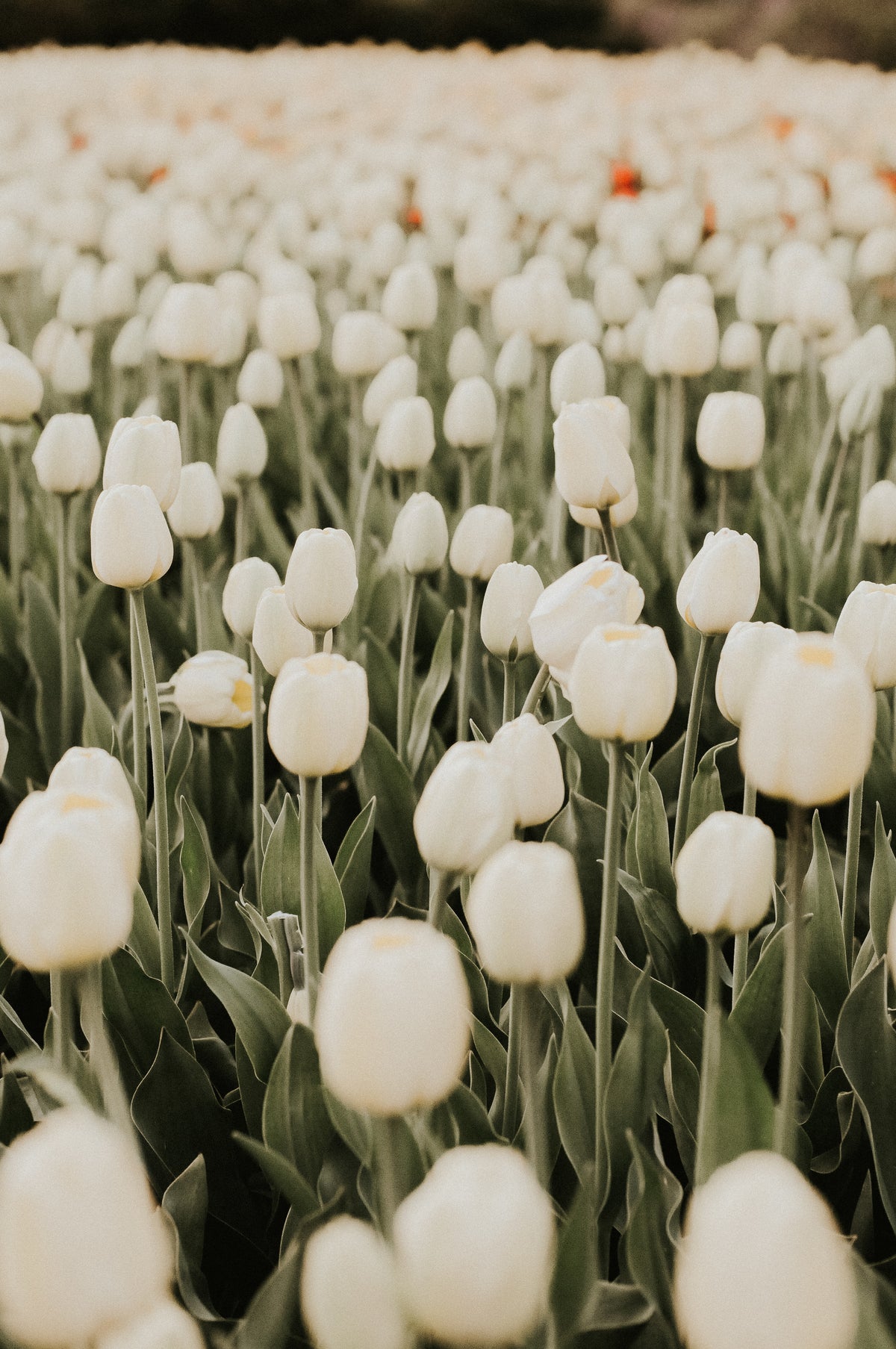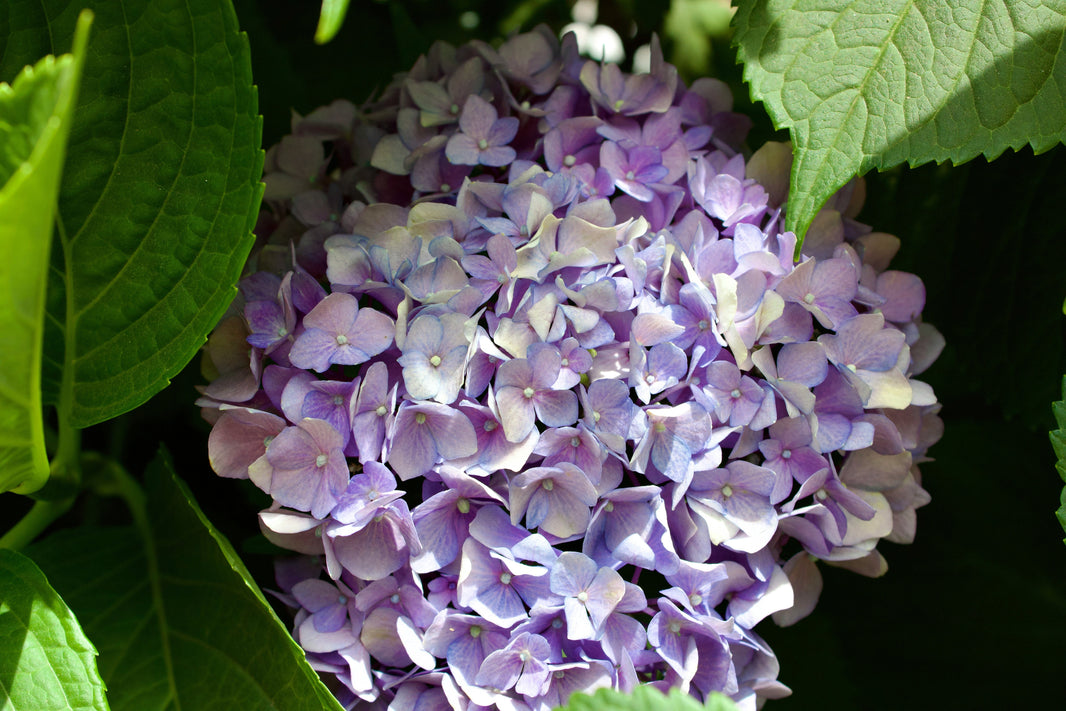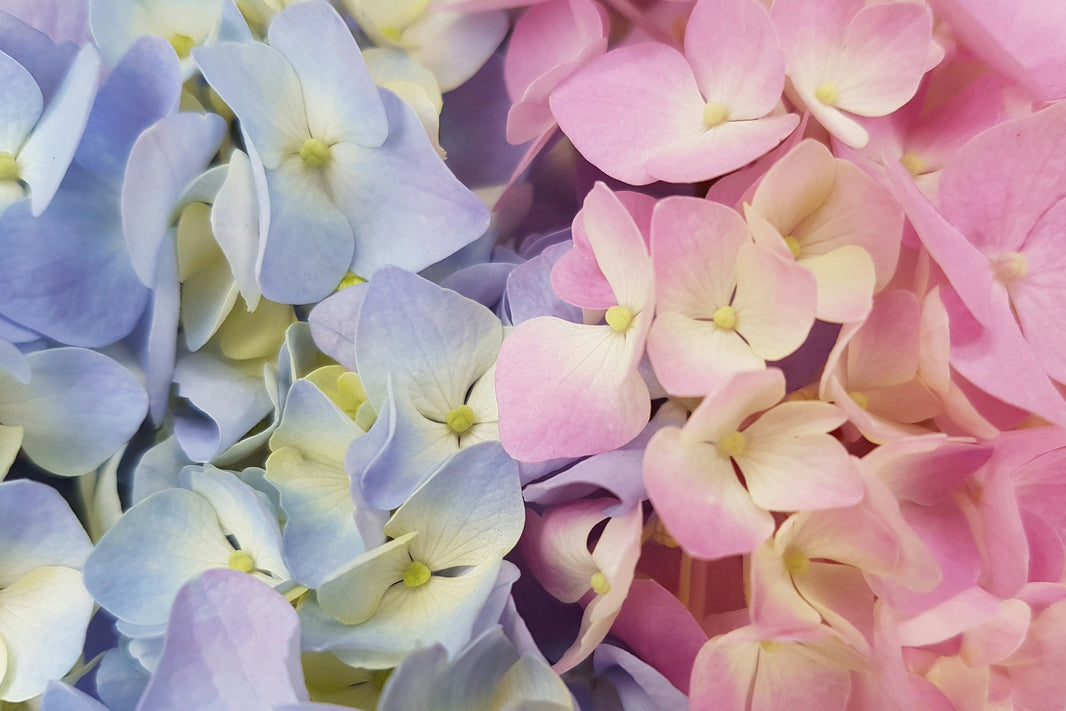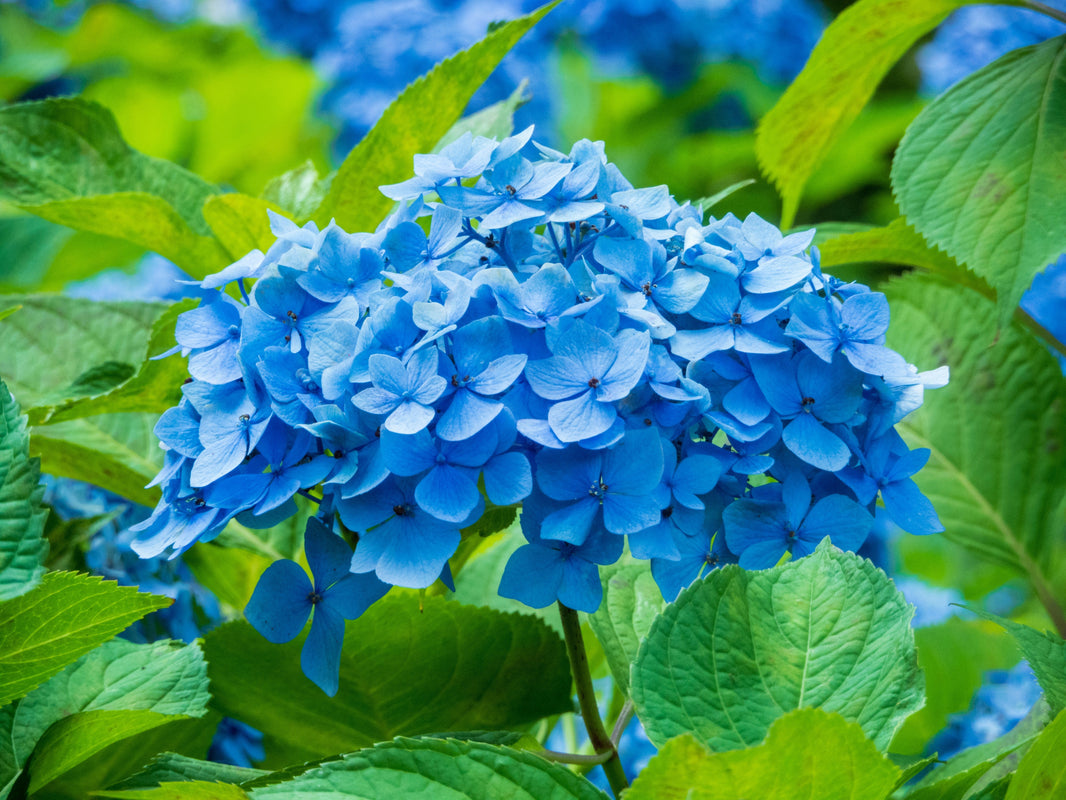Choosing the right flowers for your wedding is a big decision—not just aesthetically, but financially. With so many options available, it can be overwhelming to determine which blooms provide the best value. This post will help you understand the differences between fresh, dried, silk, and hybrid florals to ensure you find the least expensive wedding flower that still makes a stunning impact.
Floral cost varies widely depending on seasonality, rarity, and processing. Some popular blooms like peonies and garden roses are beautiful but tend to be expensive and short-lived. Meanwhile, more affordable varieties like carnations and daisies offer longevity and beauty. The challenge is balancing appearance with practicality.
When evaluating cheap wedding flowers, it’s essential to consider not just the upfront purchase price but the overall lifecycle costs. This includes delivery, care, longevity during your event, and post-wedding handling—whether that means preservation or disposal.
Seasonal blooms are often the most budget-friendly option. When flowers are in season, they’re abundant, easy to source, and priced lower. Off-season blooms can cost significantly more due to import, transportation, and handling fees.
Another cost-effective route is choosing greenery-heavy arrangements. Greens like eucalyptus, ferns, and ivy fill space beautifully and are typically much less expensive than pure floral arrangements. They also often last longer with simple care.
DIY flower sourcing is gaining popularity. Purchasing blooms directly from wholesalers and arranging them yourself—or with minimal help—greatly slashes costs. Platforms like WholesaleFlowers.net make this possible by offering fresh, affordable options in volume.
In this guide, we’ll compare ten popular floral categories in terms of floral cost and longevity, and show how smart sourcing and design decisions can help you stretch your budget further. By the end, you’ll confidently know which wedding flower option offers the best value for your big day.
Seasonal vs. Imported Blooms
Seasonal flowers are some of the most budget-friendly options available. When blooms like tulips, hydrangeas, or sunflowers are in-season, farms are abundant, and prices drop. Local sourcing also limits shipping costs and carbon footprint.
Choosing off-season blooms significantly increases floral cost. Flowers like peonies, ranunculus, and exotic orchids often must be imported during certain months, and their prices surge due to logistics and scarcity—even a simple foam-hydrated stem can cost 30‑50% more.
Importing flowers also means dealing with customs, special packaging, and potential delays. These factors increase cost and uncertainty. On the other hand, seasonal flowers often arrive via standard local logistics—cheaper, faster, and more reliable.
For longevity, seasonal blooms perform better. They’re at peak freshness and adjusted to local climate conditions. Imported flowers may arrive stressed or wilt quickly, sometimes requiring extra hydration or refrigeration.
Look up your wedding date’s local floral season. Planning around those flowers allows you to maximize your cheap wedding flowers budget. Florists often structure catalogs by season for this reason.
If a specific flower means a lot to you but it’s out of season, consider alternatives that mimic its look. Lisianthus can stand in for peonies, while spray roses mirror garden roses—all at lower cost.
Ultimately, going seasonal is one of the most straightforward ways to control floral cost while investing in quality and sustainability. You get beauty, value, and environmental responsibility—win-win.
Greenery-First Arrangements
Greenery-heavy designs are trending for weddings—and for good reason. Eucalyptus, pittosporum, ruscus, and ferns offer volume and texture at a fraction of the price of floral-heavy arrangements.
Greenery is durable. Many foliage types last longer without wilting—sometimes up to a week longer than delicate flowers. That resilience makes them ideal for multi-day events or hot venues.
Foliage is typically harvested locally year-round, which keeps floral cost steady and low. There’s no seasonal surcharge in summer or winter, and prices are less volatile than for flowers.
Centerpieces centered on greens—garlands, wreaths, lantern-adorned hubs—can serve dual purposes as ceremony décor and reception pieces. This multipurpose aspect saves money and logistics.
The cost per stem for greenery often ranges from $1 to $3, compared to $3 to $10 for floral blooms. For a 10-table reception, that value adds up when your arrangements use more leaves than flowers.
Greenery blends beautifully with small floral accents. A handful of roses or ranunculus in a green base provides visual drama without major floral expense. You’ll still have the luxury look without the price tag.
Overall, a greenery-first approach balances budget with beauty. It’s a smart route to make cheap wedding flowers feel elegant, lush, and meaningful—without overspending.
Carnations and Budget Blooms
Carnations, alstroemeria, daisies, and mums are classic budget blooms—some of the most cost-effective flowers you can include. They’re widely available, long-lasting, and versatile in arranging styles.
A standard carnation stem often costs just $1 to $2, and multiplies the effect when used in clusters. Their texture mimics more expensive petals and holds color well, even in outdoor heat or sun.
Alstroemeria (Peruvian lilies) echo a layered, romantic look ideal for bouquets. Selling for $1.50–$3 per stem, they offer softness and volume without floral cost spikes.
Chrysanthemums provide structure and fullness at low cost. Poms, spider mums, and cushion varieties add visual interest and are less likely to bruise compared to delicate blooms.
Daisies and mums also often appear in wildflower or rustic-themed weddings, offering an organic, laid-back aesthetic that’s charming and low-cost.
These flowers are especially effective in DIY or bulk settings. Their sturdiness makes them easy to arrange by amateurs or volunteers—cutting labor fees while delivering a full, beautiful effect.
When arranged thoughtfully, these budget blooms elevate rather than cheapen. They demonstrate how intelligent design can maximize least expensive wedding flower options while exuding style and substance.
Dried and Preserved Flowers
Dried and preserved florals have surged in popularity. Pampas grass, bleached ferns, seed pods, and dried blooms create ethereal, timeless bouquets. They’re also long-lasting—no need for water.
Though initial floral cost might be higher for artisanal preserved stems, their reusability and longevity make them cost-effective over time. They can be prepped months ahead and reused.
Because they don’t wilt, dried flowers eliminate day-of logistics like hydration or climate-controlled storage. There’s no rush to set them up—they stay intact indefinitely.
A bouquet of dried grasses could cost between $100 and $250, depending on proportions—but it will remain intact for years. That’s a one-time purchase that doubles as keepsake art.
Hybrid arrangements—mixing fresh flowers with dried elements—offer high-end aesthetics with controlled cost. The dried components fill bulk, while blooms add pops of color without dominating the floral cost.
However, dried florals may not withstand rough handling or outdoor weather. They can be brittle and vulnerable to wind. Still, for stability and aesthetic, they can be more reliable than fresh blooms.
For couples seeking standout design that lasts—and lasts—dried and preserved options deliver both style and savings, redefining what cheap wedding flowers can mean.
Silk and Artificial Flowers
Silk flowers offer another route for couples seeking budget control, convenience, and consistency. Though not made from actual silk, these synthetic blooms mimic the appearance of real flowers with increasing accuracy—and are often reused.
Artificial flowers range in price, but bulk orders generally cost less than fresh. You can expect to pay $1 to $3 per stem for standard quality, or $5 to $10 per stem for high-end “real-touch” versions. Over the full wedding design, this adds up to significant savings compared to premium live blooms.
One key advantage is predictability. Silk flowers don’t wilt, bruise, or fade. This is especially helpful for destination weddings or hot climates, where fresh flowers can deteriorate quickly and unexpectedly, driving up floral cost for replacements.
Artificial arrangements can be assembled weeks or even months in advance, easing wedding-week stress and labor expenses. They’re lightweight and easy to transport, too—especially for DIYers managing their own logistics.
While some brides worry silk may look cheap, proper styling can change everything. Use mixed textures, high-quality faux stems, and realistic greenery to elevate the visual appeal. A well-assembled artificial bouquet can be indistinguishable from fresh in photos.
Silk flowers also provide longevity. Bouquets and centerpieces become keepsakes, while décor can be resold, reused, or gifted. The upfront investment continues to provide value long after the event is over.
Artificial blooms are available in every color and season year-round. There’s no worrying about seasonal limits or last-minute substitutions due to poor harvests or shipping delays. The control is in your hands.
Some brides use artificial flowers for large-volume arrangements (like ceremony arches or aisle décor) and save real flowers for close-up features like the bridal bouquet. This hybrid method optimizes the look without stretching the floral cost.
Be mindful of environmental impact. While artificial flowers don’t decompose like real blooms, they don’t waste water or require transport refrigeration. Opt for sustainable brands or reuse to minimize carbon footprint.
For couples who want design flexibility, long-term use, and reduced stress, artificial flowers provide a surprisingly stylish and affordable answer to the least expensive wedding flower question.
Wildflowers and Foraged Florals
For the nature-loving couple, wildflowers and foraged blooms offer an eco-friendly, cost-effective, and ultra-romantic floral solution. Whether gathered from meadows or sourced from small farms, these flowers often come at little to no cost—while delivering unique beauty.
If you’re foraging, the cost may be zero—aside from time and effort. However, working with local growers or community-supported agriculture (CSA) programs can also provide fresh, seasonal flowers for pennies on the dollar.
Wildflowers like black-eyed susans, cornflowers, cosmos, bachelor’s buttons, and Queen Anne’s lace are hardy and photogenic. Their whimsical, free-form style is ideal for rustic, boho, and outdoor weddings.
Because wildflowers tend to be more delicate, they don’t always last as long post-cut as commercial stems. That said, if picked the day before or morning of your wedding and properly stored, they’ll remain beautiful throughout your event.
Mixing wildflowers with store-bought greenery or hardy blooms like chrysanthemums creates longer-lasting arrangements while keeping your floral cost low. You get texture and fullness without needing a ton of commercial flowers.
Be sure to follow local guidelines if foraging. Never pick from protected lands or endangered species. It’s also wise to do a test-run bouquet to see how your chosen stems hold up in arrangements and photos.
Working with a florist who specializes in wildflowers is another budget-conscious choice. They often grow their own and can recommend hardy, seasonal blooms that work well together and last throughout the day.
The charm of wildflowers is their imperfection. No two arrangements are alike, and that raw, natural aesthetic often feels more personal than mass-produced florals. Plus, it’s an opportunity to make wedding prep an adventure—gathering your own bouquet can be a cherished memory.
For couples who value sustainability, spontaneity, and softness, wildflowers are one of the most affordable and emotionally meaningful ways to dress a wedding.
Best Value Flowers by Stem and Longevity
Some flowers offer exceptional bang for your buck—balancing price, visual impact, and durability. When comparing cheap wedding flowers, it helps to identify which varieties score high in all three categories.
Carnations top the list. At $1–$2 per stem and with a lifespan of up to two weeks in water, they’re unbeatable in terms of floral cost and longevity. Their fullness and variety of colors make them a staple in budget arrangements.
Alstroemeria also scores well. Each stem has multiple blooms, lasts 7–10 days, and costs only $1.50–$3. They’re versatile in style and photograph beautifully, adding texture to bouquets and centerpieces.
Spray roses provide great value, offering small clusters of blooms per stem. These are perfect for filler, boutonnieres, or mixed arrangements. While slightly more expensive than standard carnations, their layering effect justifies the cost.
Mums—especially cushion or spider types—are incredibly durable and visually bold. Costing about $1–$2 per stem, they last up to two weeks and add substance to any floral setup. They also come in many colors and petal shapes.
Lisianthus mimics more expensive roses and peonies but at half the cost. With gentle ruffles and a soft palette, they last 5–8 days and cost $2–$4 per stem. Ideal for romantic or vintage-style weddings.
Statice and baby’s breath are often used as filler, but they also make lovely focal points in minimalist or rustic weddings. Both cost less than $2 per bunch and last up to 10 days—even longer when dried.
Eucalyptus and leatherleaf greenery are long-lasting and pair beautifully with any bloom. Their cost is low, often under $1 per stem, yet they create high-impact designs with minimal expense.
When building your wedding florals, combining these top-value blooms with strategic design choices gives you the best aesthetic return on your floral cost. You don’t need luxury flowers to create a luxurious feel—just smart planning.
Opting for these power-performers ensures your arrangements stay fresh, full, and photogenic while keeping your flower bill comfortably low.
Finding the most cost-effective wedding flower option isn’t about sacrificing beauty—it’s about making informed, strategic decisions. By understanding which blooms offer the best value in terms of price, availability, and longevity, you can craft a wedding aesthetic that feels luxurious without overspending. Choosing the least expensive wedding flower doesn’t mean you’re compromising—it means you’re being smart and intentional with your budget.
Throughout this guide, we’ve explored how carnations, mums, alstroemeria, and greenery-based designs provide incredible savings while still delivering charm and elegance. These affordable blooms outperform their premium counterparts in durability and cost, making them ideal for couples seeking value in their floral planning.
Likewise, choosing seasonally available flowers and working with a wholesale provider can drastically reduce your overall floral cost. Whether you’re handling the arrangements yourself or working with a florist, starting with budget-conscious varieties helps free up funds for other wedding priorities.
If you’re embracing DIY or looking for a bulk solution that doesn’t skimp on quality, purchasing bulk wedding flowers is a practical and rewarding option. Buying in volume provides flexibility, lowers per-stem pricing, and opens the door to creative freedom—allowing you to design your dream wedding florals with total control over the look and feel.
This is where WholesaleFlowers.net shines. Their extensive inventory of affordable, fresh, and long-lasting blooms empowers couples to create personalized arrangements without draining their budget. They offer high-quality stems ideal for DIY centerpieces, bouquets, arches, and more—making cost-effective wedding florals more accessible than ever.
If you’re ready to discover the most budget-friendly way to build breathtaking wedding flowers, click here to explore the full collection. You’ll find top-value blooms, trusted support, and flexible ordering options for events of any size.
Ultimately, wedding flowers are about enhancing the emotion and magic of your big day—not proving a price tag. With a little research and the right floral strategy, you can create beauty on any budget and design a floral atmosphere that’s both timeless and affordable.
As you plan, remember that creativity often matters more than cost. Whether it’s wildflowers from a field, greenery from a garden, or a DIY bouquet from a bulk order, the most meaningful arrangements are those that reflect your love—and your resourcefulness.
Your wedding can be both stunning and budget-savvy. Let your floral choices be a reflection of thoughtful planning, personalized elegance, and confidence in knowing you’ve chosen the best value for your special day.






